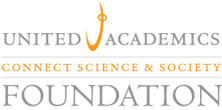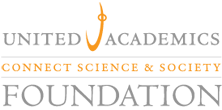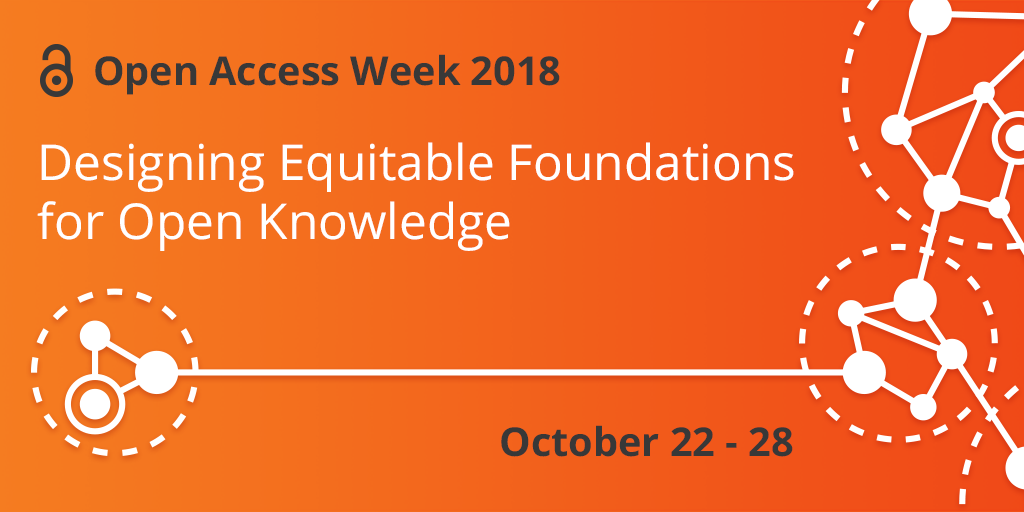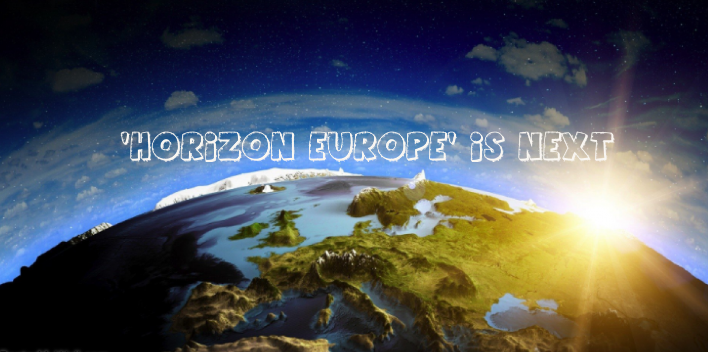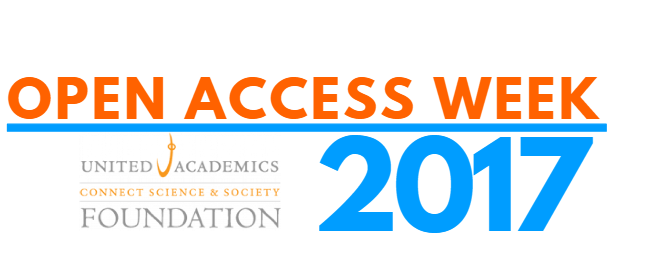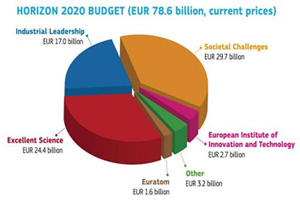
Horizon 2020 First Round Calls Attracted Record Number of Applications
The European Commission (EC) inundated with a record number ofHorizon 2020 Research and Innovation applications. Just in the first round calls, the EC has received 16,000 applications. According to Robert-Jan Smits, Director–General of Research and Innovation speaking at the EuroScience Open Forum (ESOF) 2014, in Copenhagen, the number of applications received has shown growth of about a factor of nine. The Commission initially set a total of €15 billion for this round of calls. It received applications worth nine times what is allocated for, however.
The oversubscription rate of Horizon 2020 first round calls doubled that of the previous research program- the Seventh Framework Program (FP7). The success rate of Horizon 2020 applications is expected to fall to 11 percent. This is due to the surge in proposals. One reason behind driving the number of applications this time so high, Smits suggested, could be the cut in public research budgets in countries like Italy and Spain.
Horizon 2020 was designed in such a way that it brings industry back in the game. There are indications that the Commission has already registered notable success in doing this- 44 percent of the first round proposals came from industry. This is significant jump from where it was under FP7- 29 percent. Moreover, Horizon 2020 policy targets engaging Small and Medium-sized Enterprises (SMEs) companies and channeling research funding SMEs. In this front too, the policy appears to be working- half of all Horizon 2020 industry applications came from this sector.
Horizon 2020 first round calls attracted record number of women applicants. Under this program the percentage of women research applicants account for 23 percent. This shows 3 percent increase from the previous program (FP7). Rise in women participation in horizon 2020 is not only limited to proposal submission. Moreover, the percentage of women evaluating submitted proposals account for 40 percent of the evaluators. This meets the target set by the Commission.
According to Smits, research proposals oversubscription overwhelmingly came from health topics. Other oversubscribed topics are food, ICT and cyber-security.
